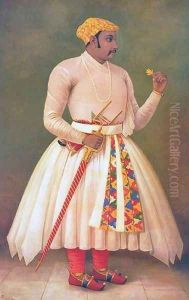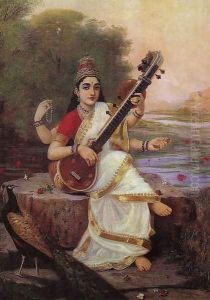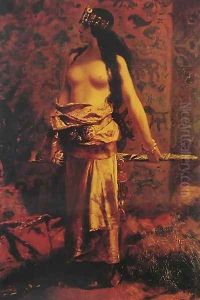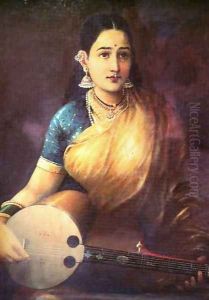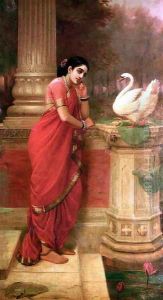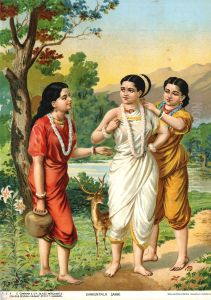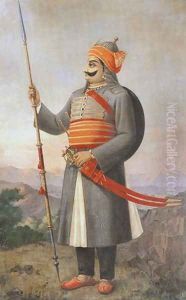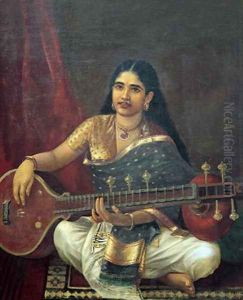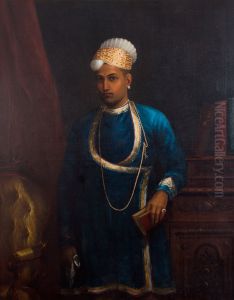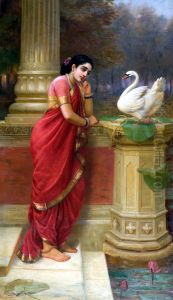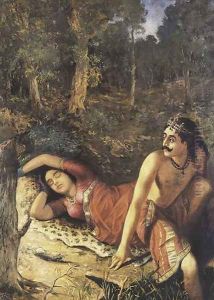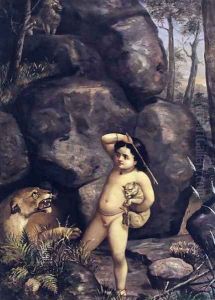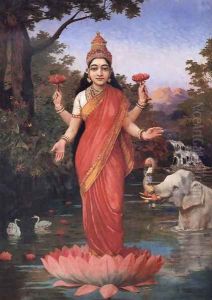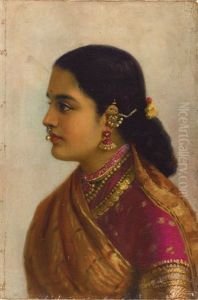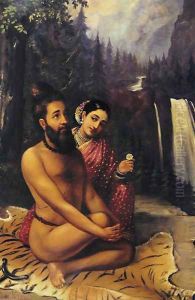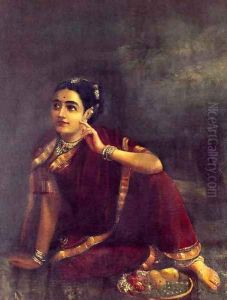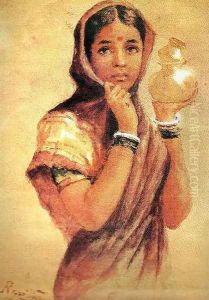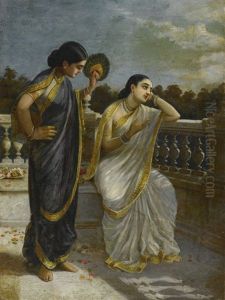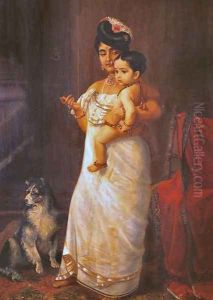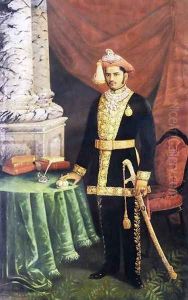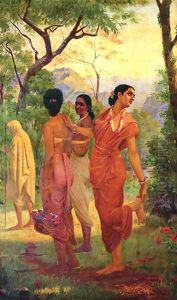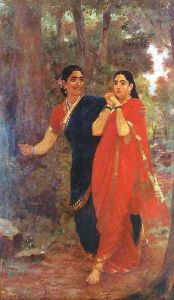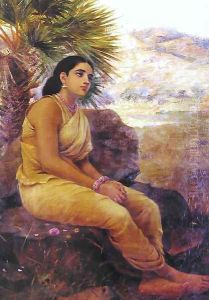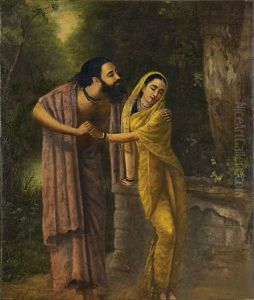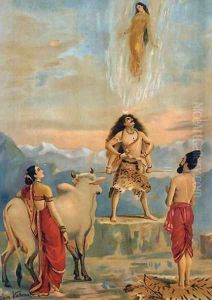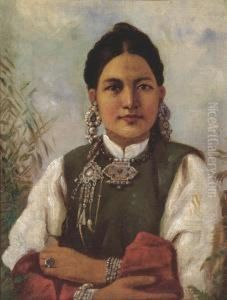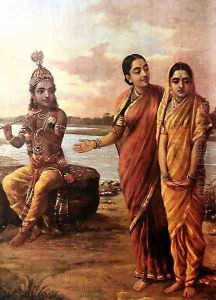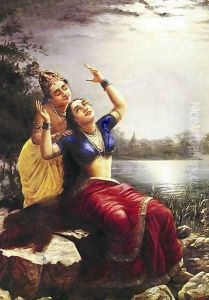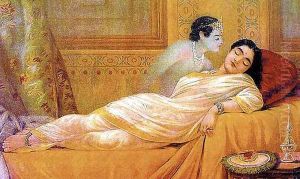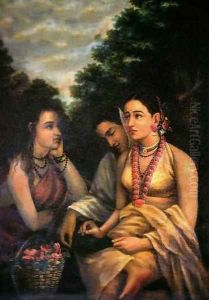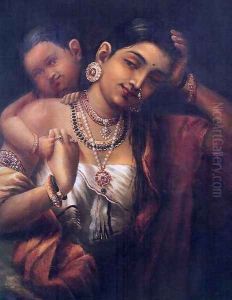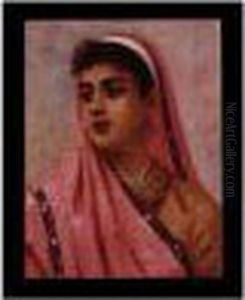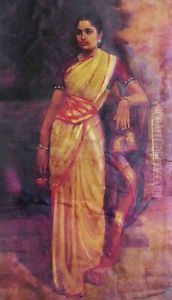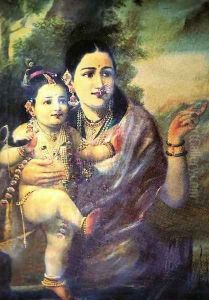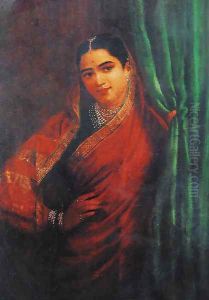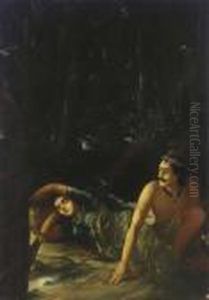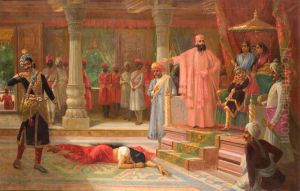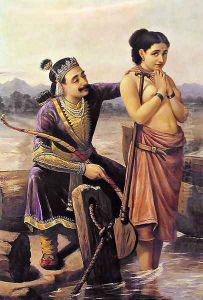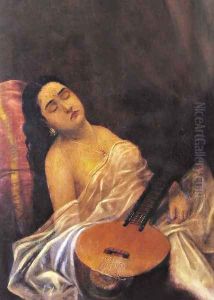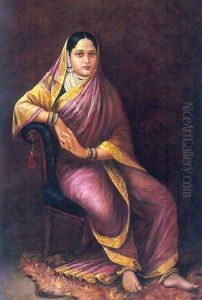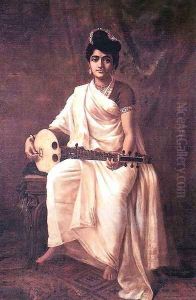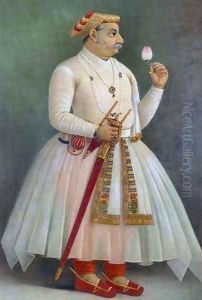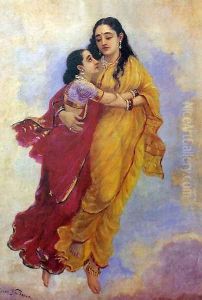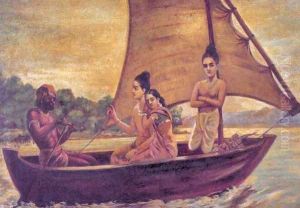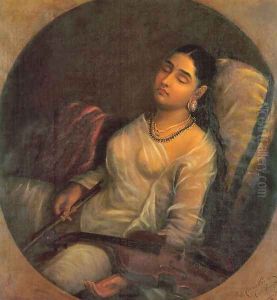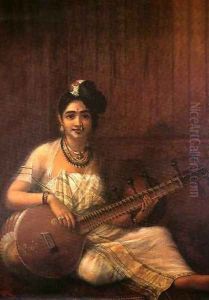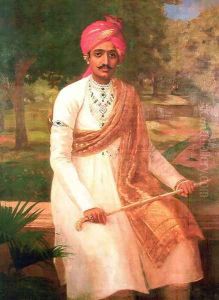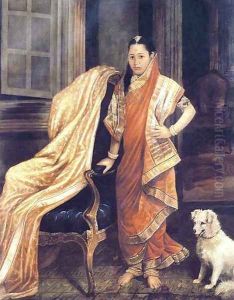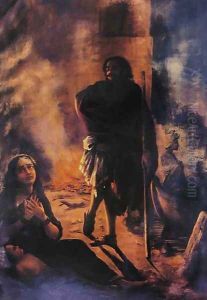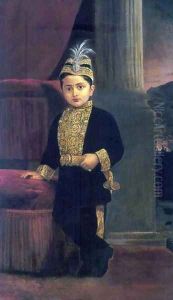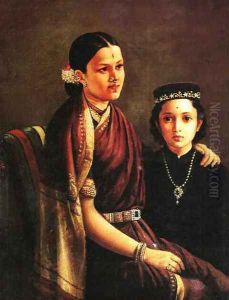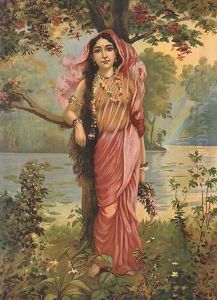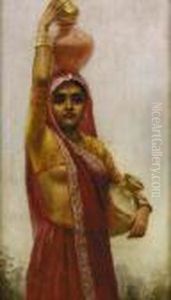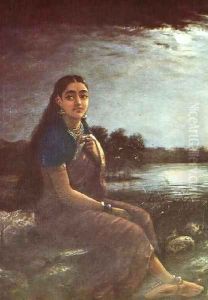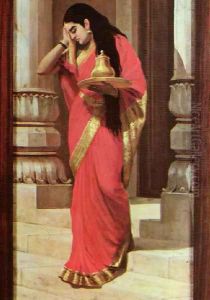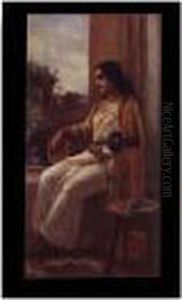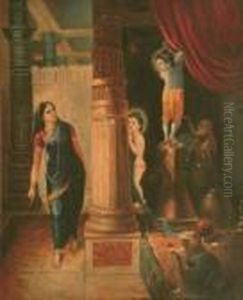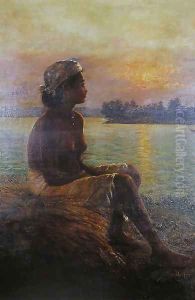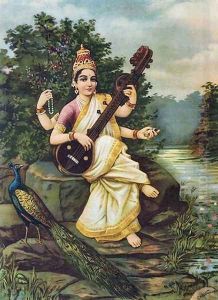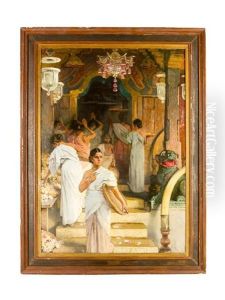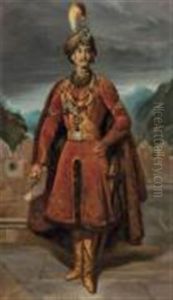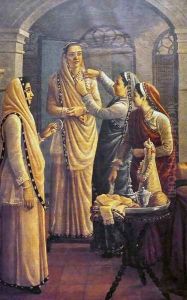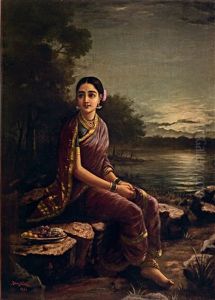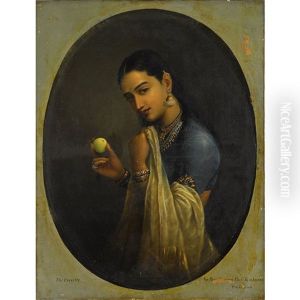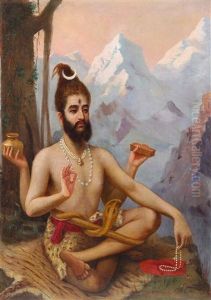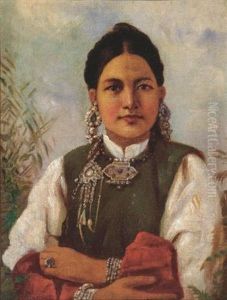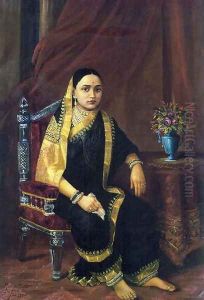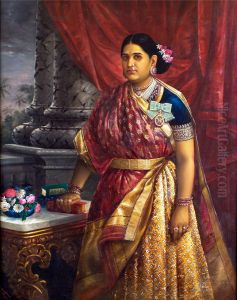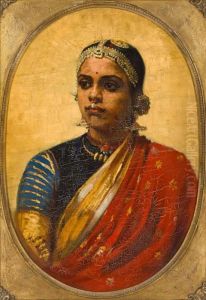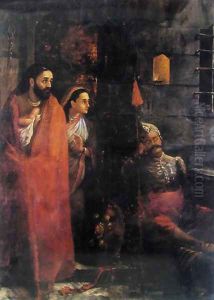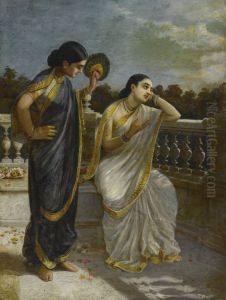Raja Ravi Varma Paintings
Raja Ravi Varma was a celebrated Indian painter and artist, considered to be one of the greatest painters in the history of Indian art. He was born on April 29, 1848, in Kilimanoor, a small town in the princely state of Travancore in present-day Kerala, India. He belonged to a royal family with a deep love for the arts, and this environment played a significant role in shaping his artistic inclinations.
Ravi Varma displayed a natural talent for drawing and painting from an early age. Recognizing his potential, his uncle Raja Raja Varma provided him with basic education in the arts. His exposure to Western art and technique began when he was taught by the British painter Theodor Jenson, who visited Travancore in 1868. Jenson instructed him in the European realist tradition, particularly the oil painting technique, which Ravi Varma mastered and later combined with Indian themes to create a unique style.
His works were known for their portrayal of scenes from Indian mythology and epics such as the Mahabharata and Ramayana. He is particularly famous for his depictions of Hindu deities and for bringing characters from Indian mythology to life. His paintings were characterized by their grace, detail, and vibrant color. He had a particular talent for portraiture and was sought after by many Indian royal families to paint their portraits.
In 1873, Ravi Varma won the first prize at the Madras Painting Exhibition, and this win brought him considerable fame. He traveled throughout India seeking commissions and searching for subjects for his paintings. In the process, he developed a deep understanding of the diverse cultures and traditions of the country, which he skillfully incorporated into his artwork.
Raja Ravi Varma's contribution to Indian art is immense, not only for his blending of European techniques with Indian sensibilities but also for his efforts in making art accessible to the public. In 1894, he set up the Ravi Varma Lithographic Press in Mumbai, which produced oleographs and prints of his work. These prints were affordable and became extremely popular, allowing the masses to own copies of his paintings, thus democratizing art in India.
Despite his royal lineage, Ravi Varma's approach to art was democratic and his subjects ranged from gods and goddesses to scenes from everyday life. His legacy includes influencing and inspiring generations of Indian artists and introducing a new visual language that shaped Indian modern art.
Raja Ravi Varma passed away on October 2, 1906, but left behind a rich legacy that continues to be celebrated in India and beyond. His paintings are considered national treasures and are preserved in various art galleries and museums across the country.
